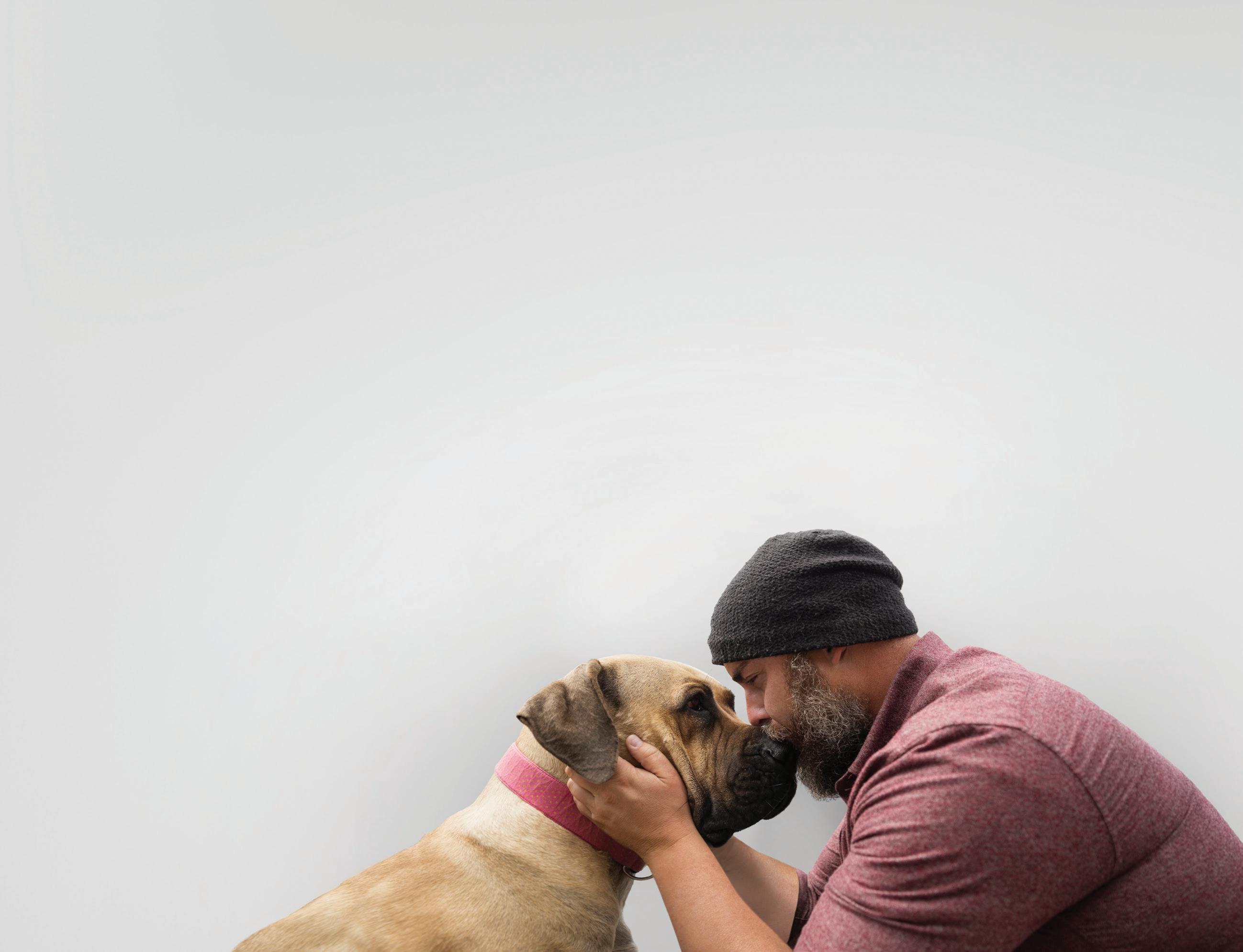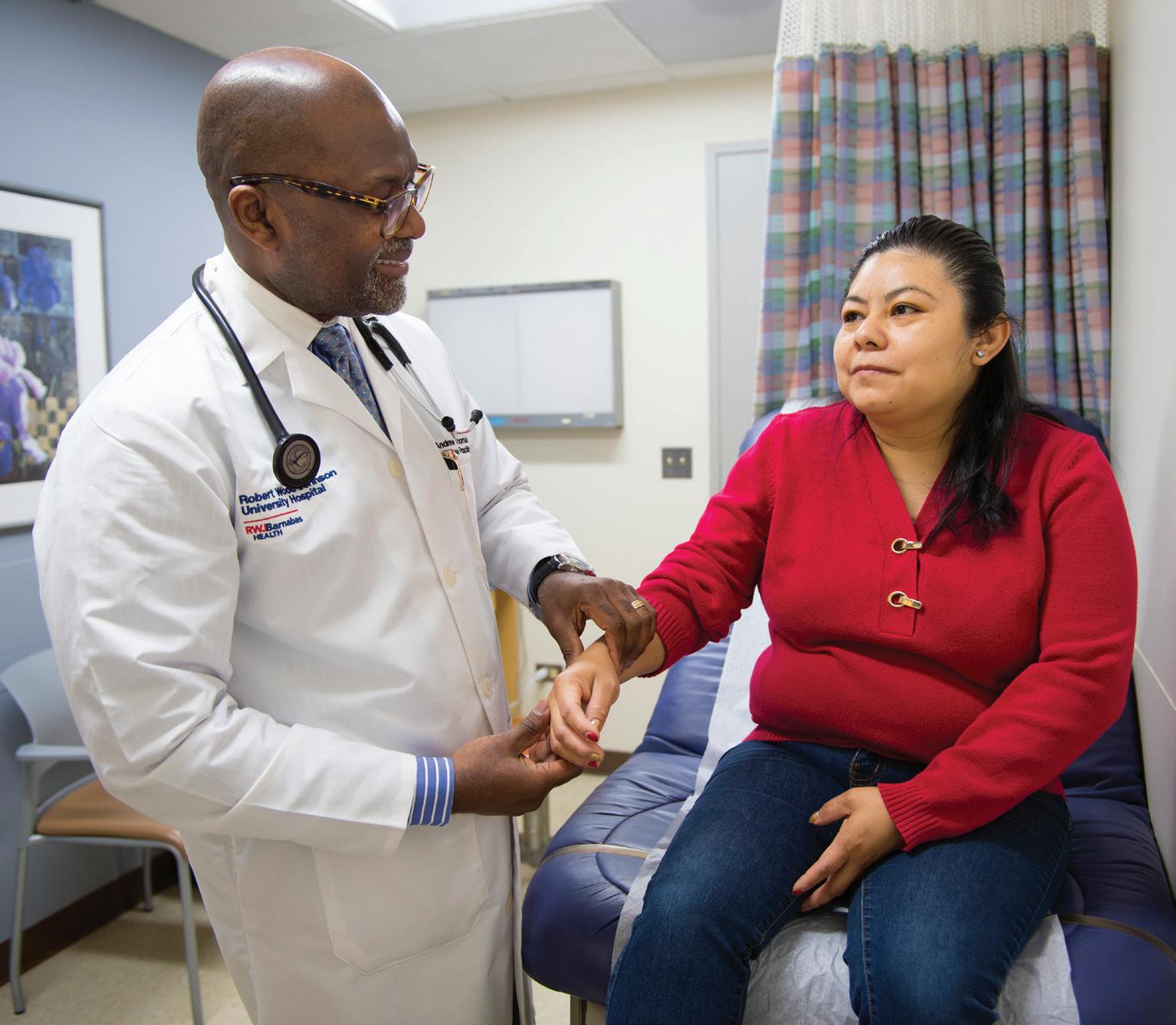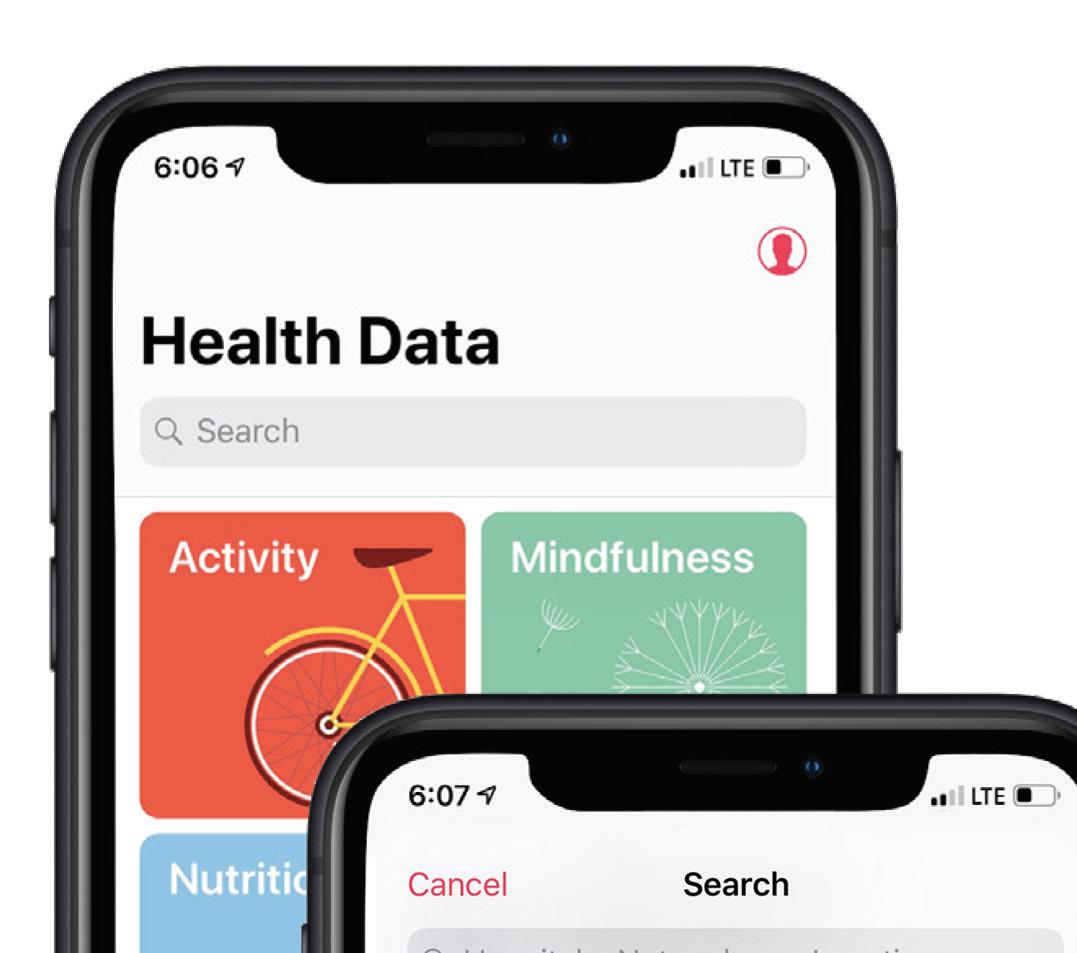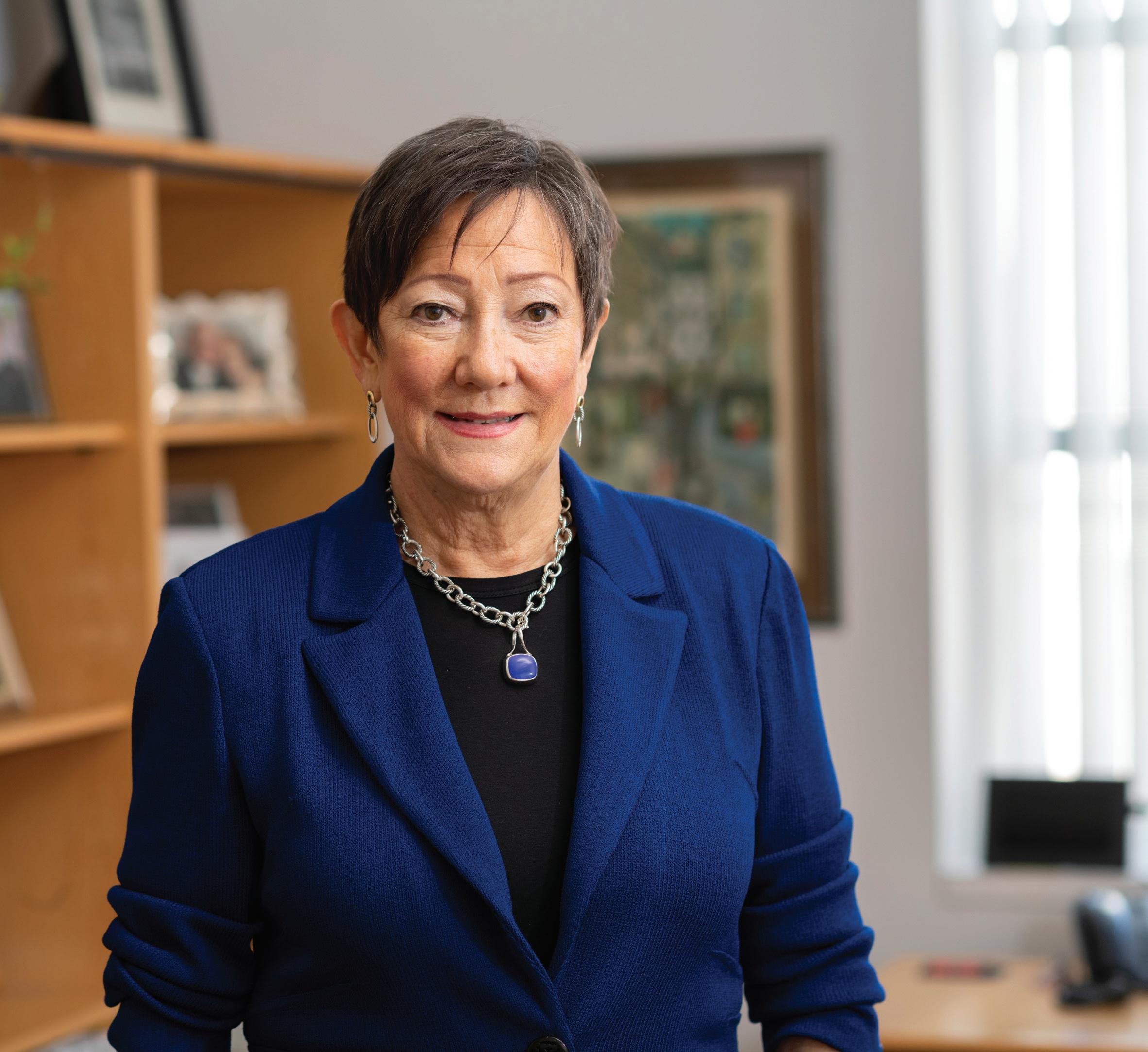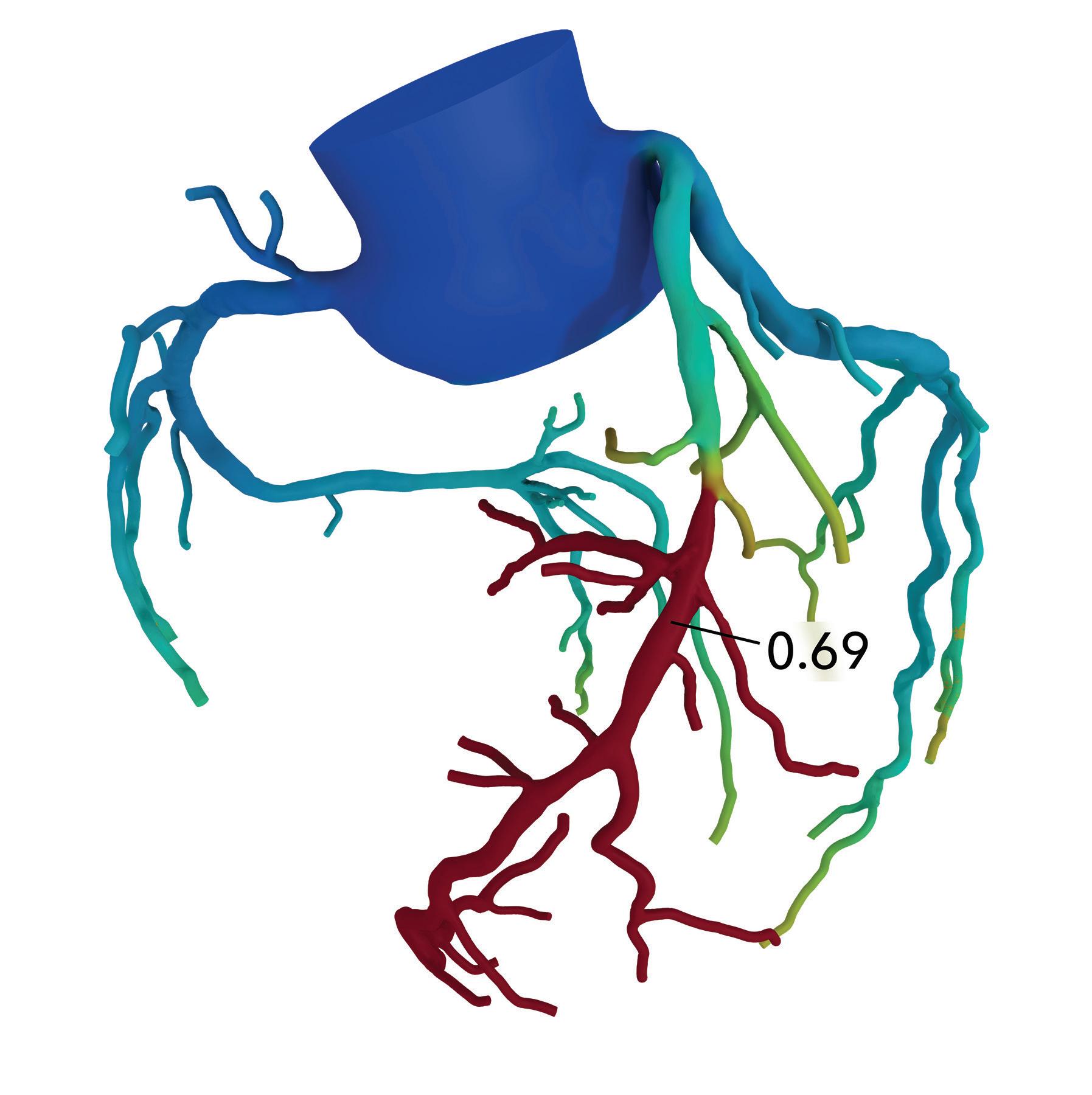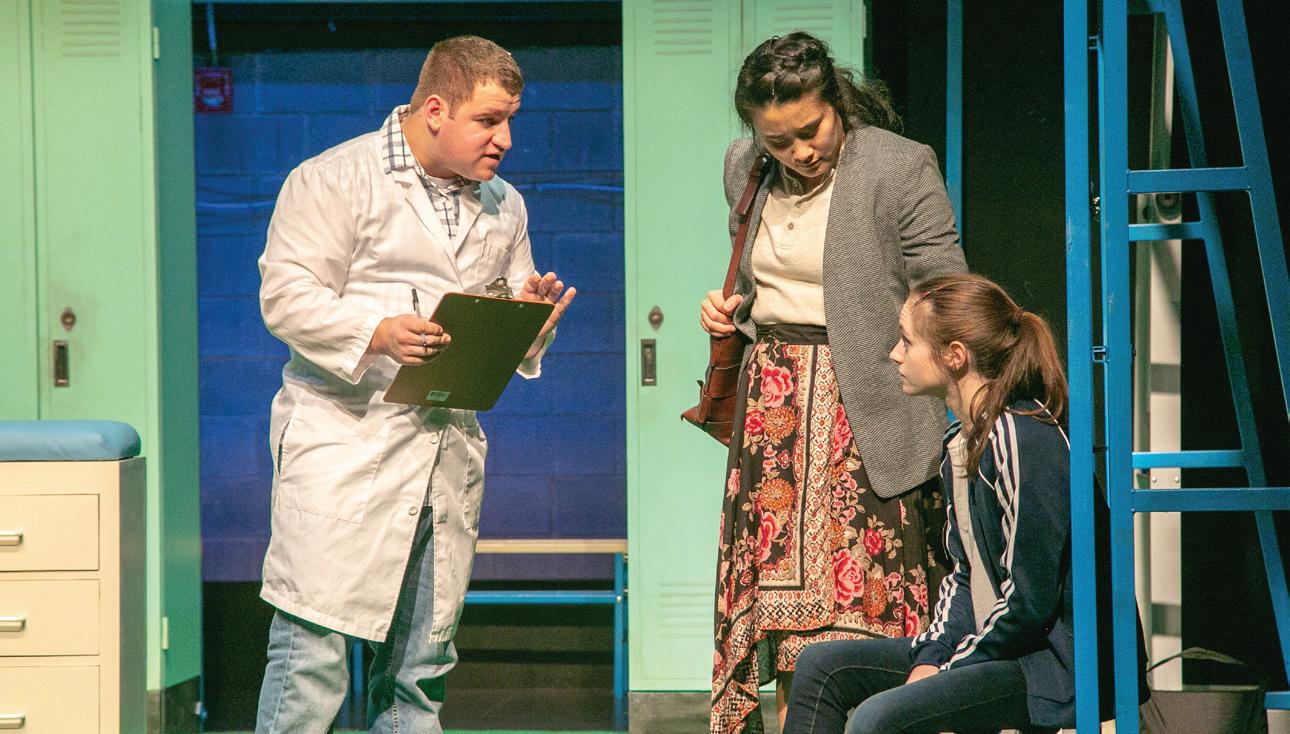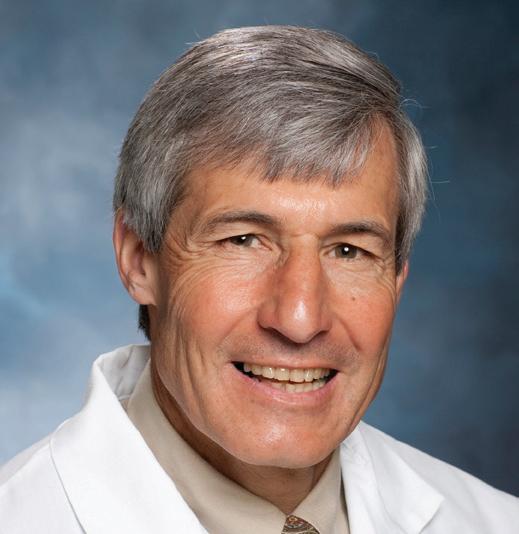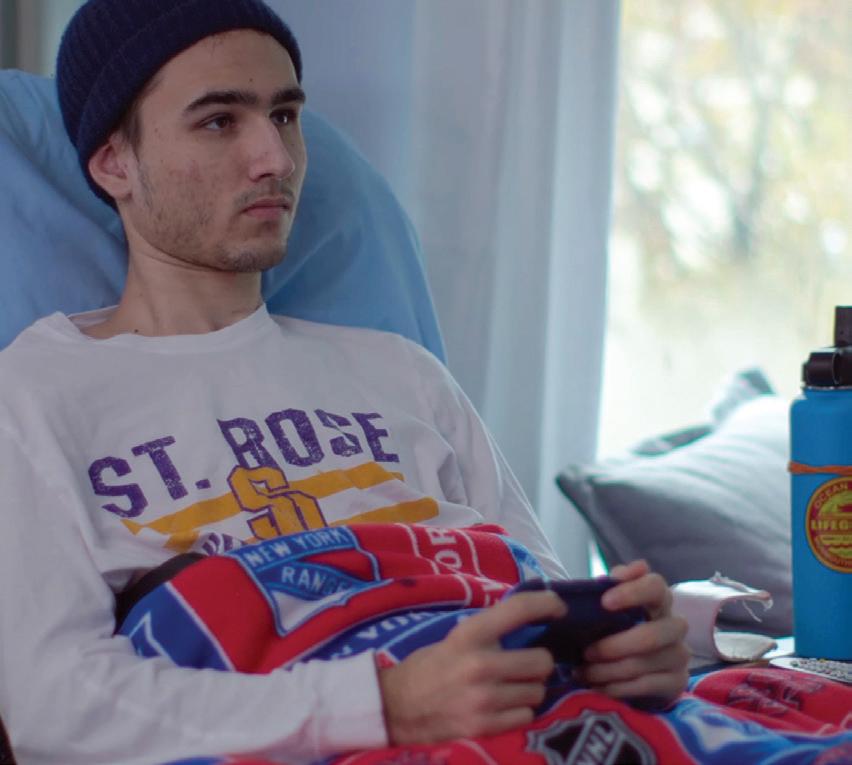
4 minute read
BACK IN THE GAME
Jacob Saccal is back to playing lacrosse and other sports after treatment for a sports hernia.
AFTER 19 DOCTOR’S APPOINTMENTS AND ONE SURGERY, A COLLEGE ATHLETE IS FINALLY PAIN-FREE.
In March 2018, Jacob Saccal, a freshman at Embry-Riddle Aeronautical University in Daytona Beach, Fla., was playing the position of attack in a college lacrosse game. As the Division II athlete planted his left foot and turned to the right—a move that resembles a high-speed shuffle—he felt pain in his pelvic area, upper thigh and lower abdomen. At first, the pain was
Lora Melman, MD, FACS, FASMBS, diagnoses and treats many patients with sports hernias.
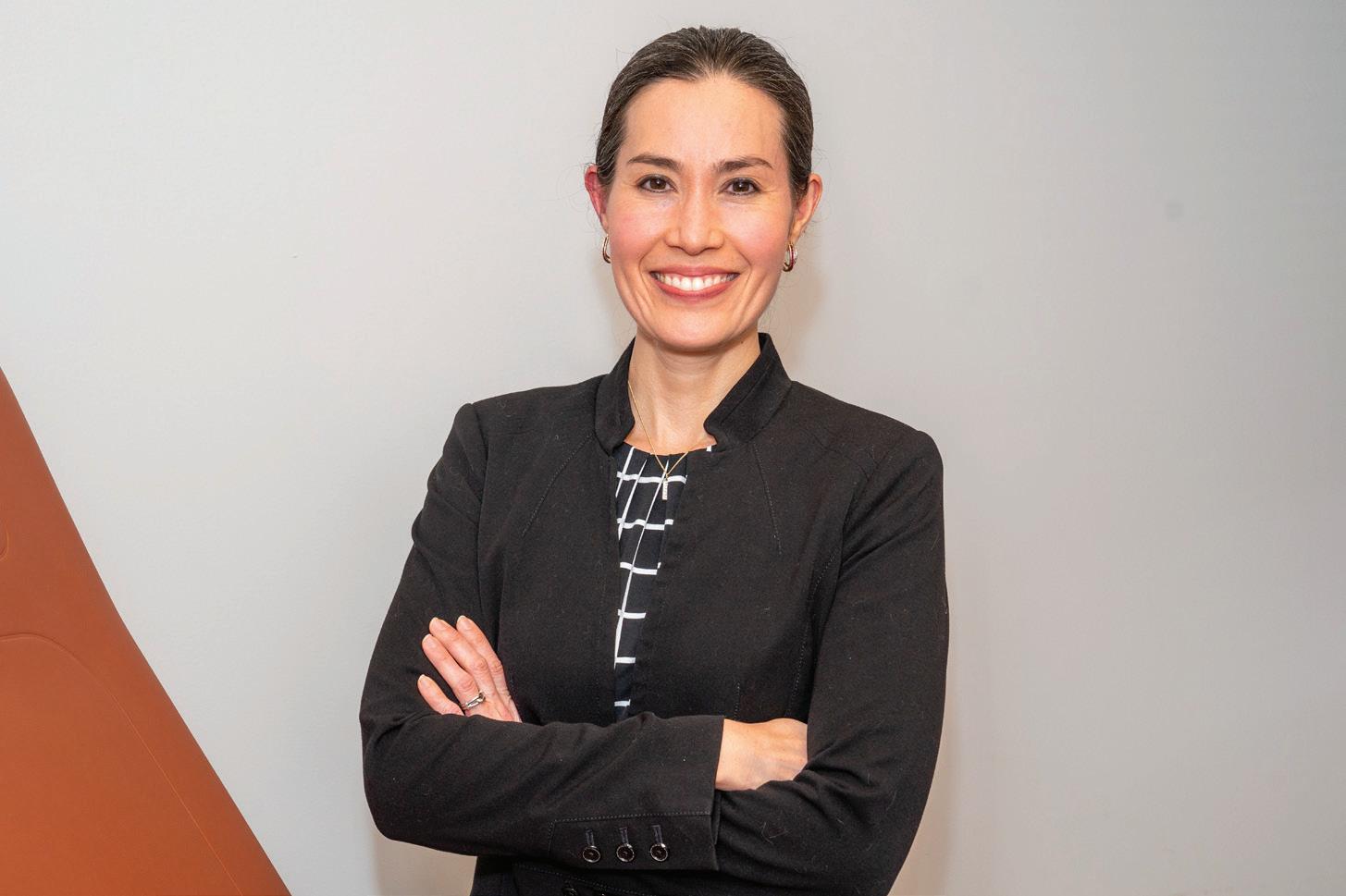
SIGNS OF A SPORTS HERNIA
People who play soccer, lacrosse and hockey—or any sport that requires sprinting, running or cutting movements—are vulnerable to a sports hernia. If you experience any of the following symptoms, see a sports hernia specialist. • groin pain with activity • an inability to participate in a sport due to pain • trouble going up and down stairs
dull, and Jacob was able to finish the lacrosse season. Over the summer, “it came and went,” he recalls. “When I went for a jog, the pain would act up. I didn’t see a doctor because I thought I had just pulled a muscle and the pain would eventually go away.”
By the time Jacob returned to college for his sophomore year, the pain had become sharp and stabbing. Despite this, he continued to play lacrosse. “I tried to play through the pain,” he recalls. By October 2018, the discomfort was so debilitating that Jacob could barely walk. “Friends carried me to class,” he says. “Every day was a struggle. I thought, ‘enough is enough.’” Jacob was studying to be a pilot, and he didn’t want to ruin his flight career before it even began.
AN ELUSIVE DIAGNOSIS
Jacob made appointments with physicians in Florida, but they disagreed on the diagnosis. In total, he saw 18 doctors that fall. “I had CT scans, MRIs and ultrasounds, and I was told different things,” he says. He also tried physical therapy (PT), but it only seemed to exacerbate his symptoms. Finally, when he returned home to Alexandria, N.J., in December, he was determined to find a physician who could help him. “I remember thinking, ‘I need to get this fixed,’” he says. Jacob and his parents did some research online and found Lora Melman, MD, FACS, FASMBS, Director of The Hernia Center of New Jersey at Robert Wood Johnson University Hospital and Assistant Professor of Surgery at Rutgers Robert Wood Johnson Medical School.
When Jacob saw Dr. Melman, she reviewed an MRI, which revealed inflammation around his pelvic bone, and performed a physical exam. “Right away, she told me it was a sports hernia,” he recalls. “The diagnosis is not well understood among physicians,” says Dr. Melman. “A hernia is a hole that allows tissue to bulge through. It could be in the belly button, groin or diaphragm. With a sports hernia, also known as athletic pubalgia, there is no hole or bulge. There are muscular imbalances above and below the pelvic bone, which can only be diagnosed through a special physical exam. If a patient has a groin hernia with pain and a physician operates on the hernia without addressing the muscle imbalance, the patient will still have pain.”
Typically, Dr. Melman recommends that patients have specialized PT first to strengthen their core muscles and lengthen the inner thigh muscles. Since Jacob had already tried PT, Dr. Melman recommended surgery. “It’s more than 90 percent effective,” she says. Jacob decided to take the semester off and enroll in online classes so he could focus on healing. “It was a sigh of relief knowing that the end was in sight,” says Jacob.
RELIEF AT LAST
In January 2019, Jacob had the surgery. “I performed a minimally invasive repair that involved reinforcing the lower abdominal wall and releasing the adductor tendon in the groin area,” says Dr. Melman. “This strengthens the muscles on top of the pelvic bone and loosens the muscles underneath, which provides better balance across the pelvic bone.”
The surgery went well. “I took ibuprofen for a few days, but I had almost no pain afterward,” he says. A few weeks after the procedure, Jacob started six weeks of PT. Three times a week, he performed exercises to strengthen and balance his core, leg and adductor muscles. When Jacob finished PT, he received the green light to play lacrosse again. “It was such a relief,” he says.
Today, Jacob is playing for the Polish Heritage lacrosse team in an international league. “I’m so thankful for Dr. Melman,” he says. “She gave me my life back. I’m pain-free, and I’m flying planes, playing lacrosse and trying soccer and other sports. I feel like I can live my life to the fullest.”
For more information about sports hernias, please call 732.640.5316.
1 Robert Wood Johnson Pl., New Brunswick, NJ 08901
NONPROFIT U.S. POSTAGE PAID Lebanon Junction, KY PERMIT #799
Your heart doesn’t beat just for you.
Get it checked. It beats for your husband or wife, your children and grandchildren. It beats for your brothers and sisters, your friends and lovers. It beats for everyone who cares deeply about you. So please, get your heart checked. For them. For you. For more information and to make an appointment with one of New Jersey’s top cardiac specialists, visit rwjbh.org/heart
